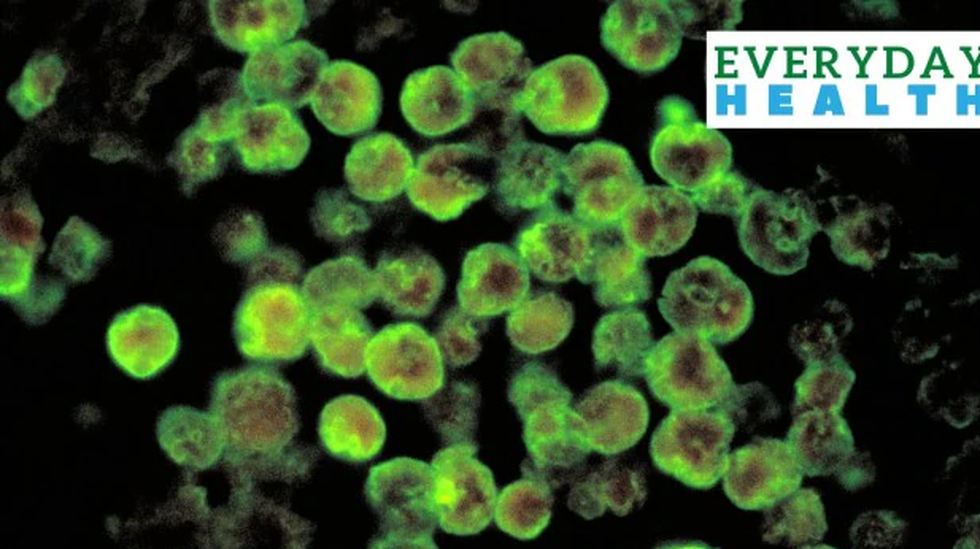About Naegleria fowleri:
- It is a free-living amoeba or a single-celled living organism.
- It lives in warm fresh water and soil around the world and infects people when it enters the body through the nose.
- Higher temperatures of up to 115°F (46°C) are conducive to its growth and it can survive for short periods in warm environments.
- The amoeba can be found in warm freshwater, such as lakes and rivers, swimming pools, splash pads, surf parks, or other recreational venues that are poorly maintained or minimally chlorinated.
- It enters the body through the nose, usually when people are swimming. It then travels up to the brain, where it destroys the brain tissue and causes swelling.
Key facts about Primary Amoebic Meningoencephalitis (PAM)
- It is a rare brain infection that is caused by Naegleria fowleri.
- It is also non-communicable and people cannot get infected with Naegleria fowleri from drinking water contaminated with the amoeba.
- Symptoms
- In the initial stage, the symptoms include headache, fever, nausea and Later on, the patient may have a stiff neck and experience confusion, seizures, hallucinations and slip into a state of coma.
- Most people with PAM die within 1 to 18 days after symptoms begin. It usually leads to coma and death after 5 days.”
- Treatment
-
- There are no effective treatments for the disease yet.
- At present, doctors treat it with a combination of drugs, including amphotericin B, azithromycin, fluconazole, rifampin, miltefosine and dexamethasone.
